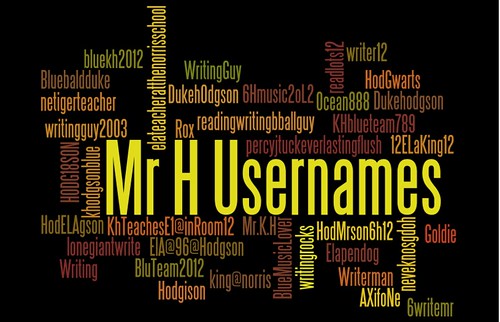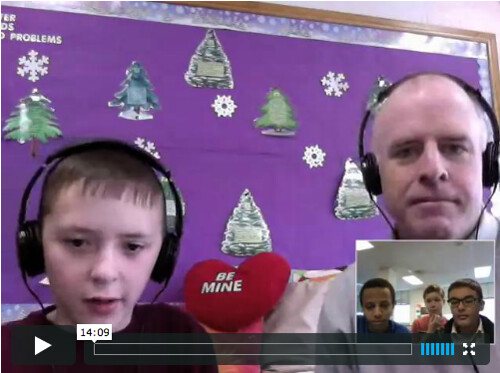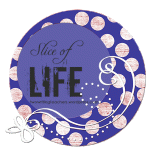I’m trying to learn more about a proposed ballot issue put forth by a group called Stand for Children (which is a national group that seeks to influence teacher evaluations) in my state of Massachusetts. The ballot initiative — entitled An Act to Promote Excellence in Public Schools — has apparently gained enough signatures to be considered by our state Legislature to be put to voters. The Legislature has not yet taken up the measure.
The ballot initiative came to my attention because two colleagues and former Massachusetts teachers-of-the-year — Michael Flynn, who teaches at my school, and Wilma Ortiz, who is part of the Western Massachusetts Writing Project — have joined a lawsuit with other state educators, seeking to block the ballot initiative. Flynn has been part of a state effort by our governor to create a new teacher merit system that has a balance of test scores, administrative evaluation and more, and that system has barely begun to get put into place.
The key, as I understand it, to Stand for Children’s initiative would be to mostly remove collective bargaining from the equation, and eliminate the aspect of seniority, too. This would ostensibly free up principals to evaluate, and then rehire or freely fire, teachers who don’t meet the standards. A dismissal could be arbitrated, but (according to the Massachusetts Attorney General summary of the initiative), “In deciding whether the grounds for dismissal had been proven, the arbitrator would not consider a teacher’s seniority or length of service. ”
I can’t help but admire the use of rhetoric by Stand for Children. Who wouldn’t want to Stand for Children? Who wouldn’t want to “promote excellence in public school”? The accompanying website for Massachusetts is entitled “Great Teachers: Great Schools” and who wouldn’t want that?
I did a little research about Stand for Children. I don’t know who is backing the movement financially other than donations from the public, but the organization does seem to spring up as a PAC in various states, with similar themes as the one they are working on here in Massachusetts. (A 2010 article in the Illinois Times noted that Stand for Children had contributed more than $600,000 to political candidates, so it must have some deep pockets somewhere). According to Wikipedia, the organization emerged from a rally in Washington DC and was founded by Jonah Edelman (son of civil rights pioneer Marian Wright Edelman) and Eliza Leighton as a means to improve the lives of young people.
I’ll be keeping an eye on the developments here in my state. You might want to do the same, too.
Peace (in the news),
Kevin




